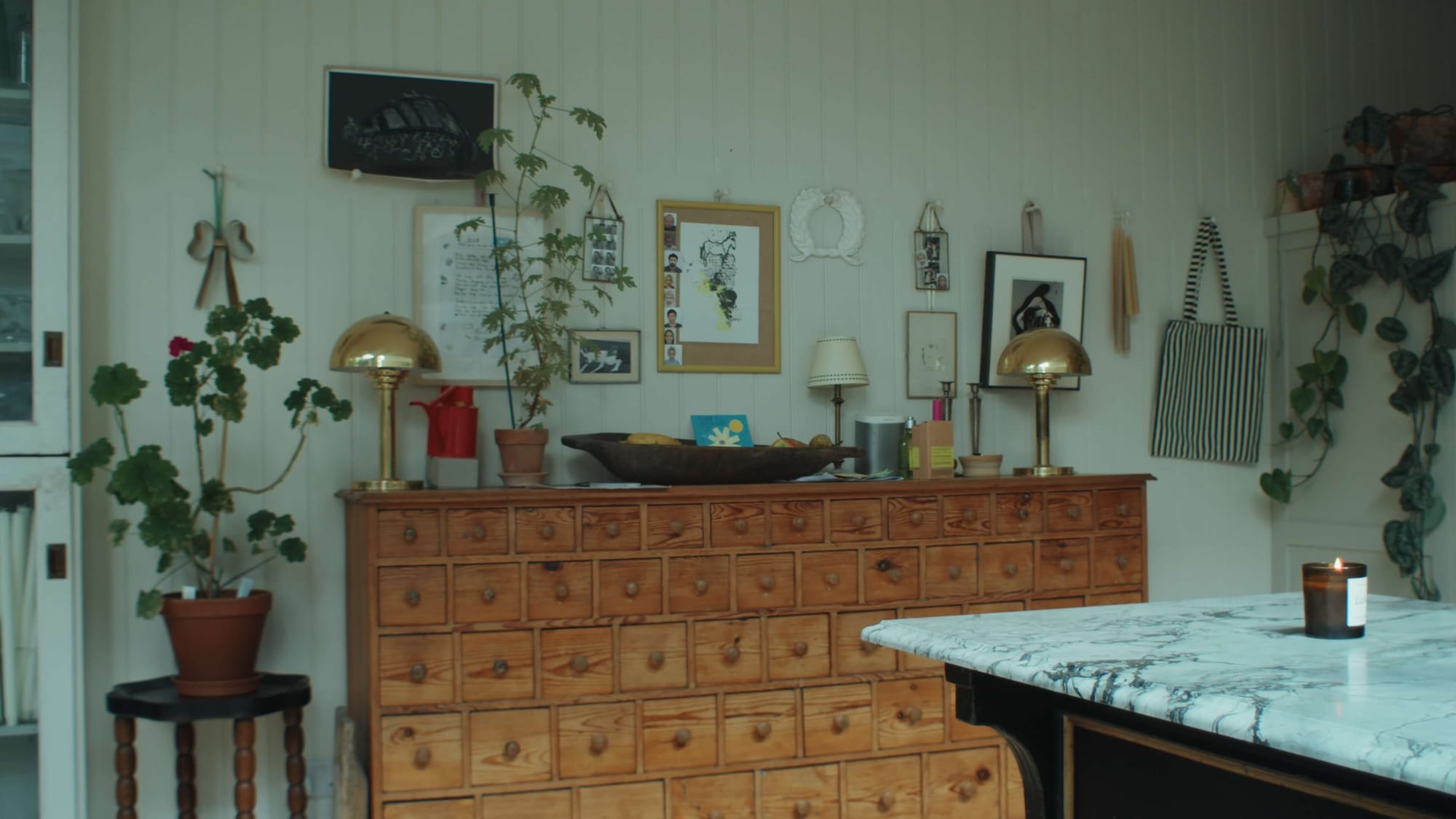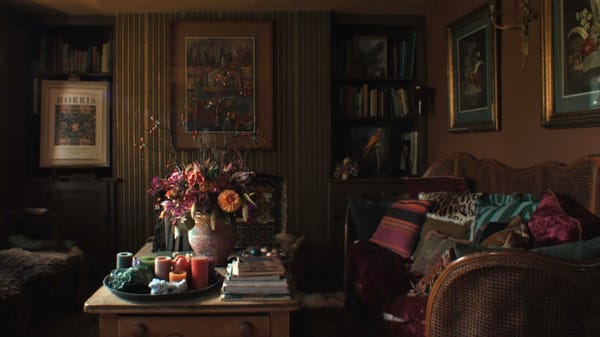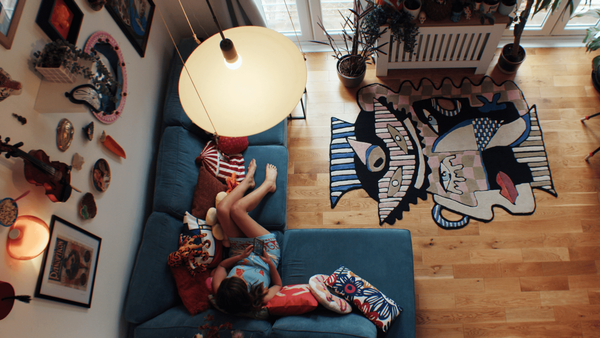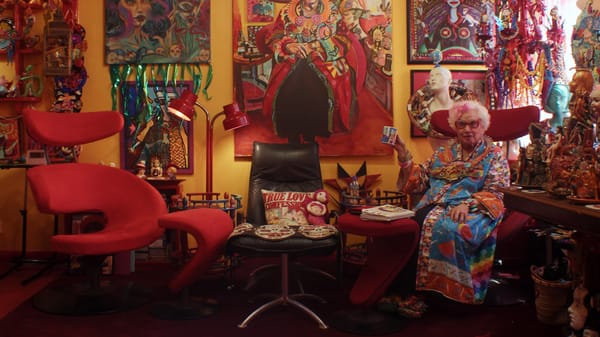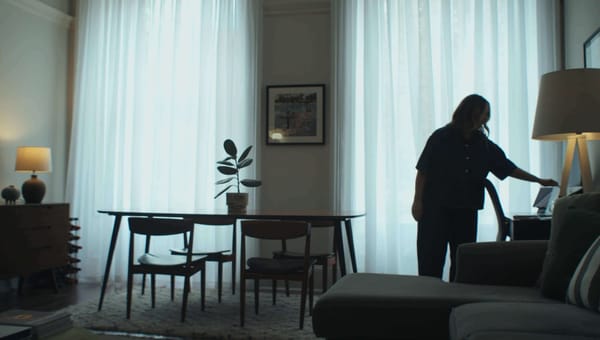Inside Soulful Victorian Family Home in North London
Leanne Kilroy’s Victorian terrace in North London is tall, narrow, and full of life. In this house practical choices meet sentimental details — from a kitchen bench found on Instagram to initials carved into the walls during the build.
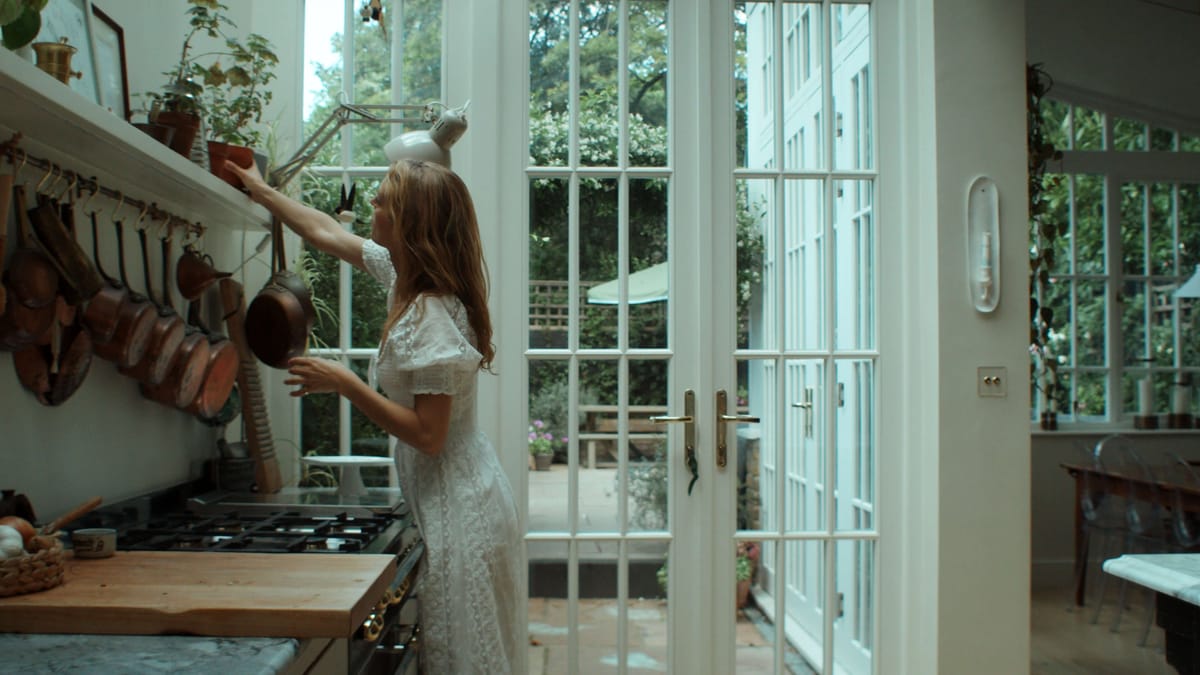
In the sunlit kitchen, the air smells like a tomato greenhouse.
Out in the garden, green parakeets and goldfinches chatter above a black cat’s watchful gaze.
On the stairs, the footsteps of family members come and go almost constantly.
Today we’re with Leanne Kilroy — mother of three and, as she puts it, an over-sharing designer & homebody doing up a Victorian house in London with good bones.
In Their Own Words: Leanne on Good Bones, Old Houses, and Practical Choices
My name is Leanne Kilroy, and I’m an interior designer. I live in North London with my family in a Victorian terrace we bought in late 2020. It’s on four floors, very narrow and tall. Built c.1890, it doesn’t have an illustrious history — just good bones.
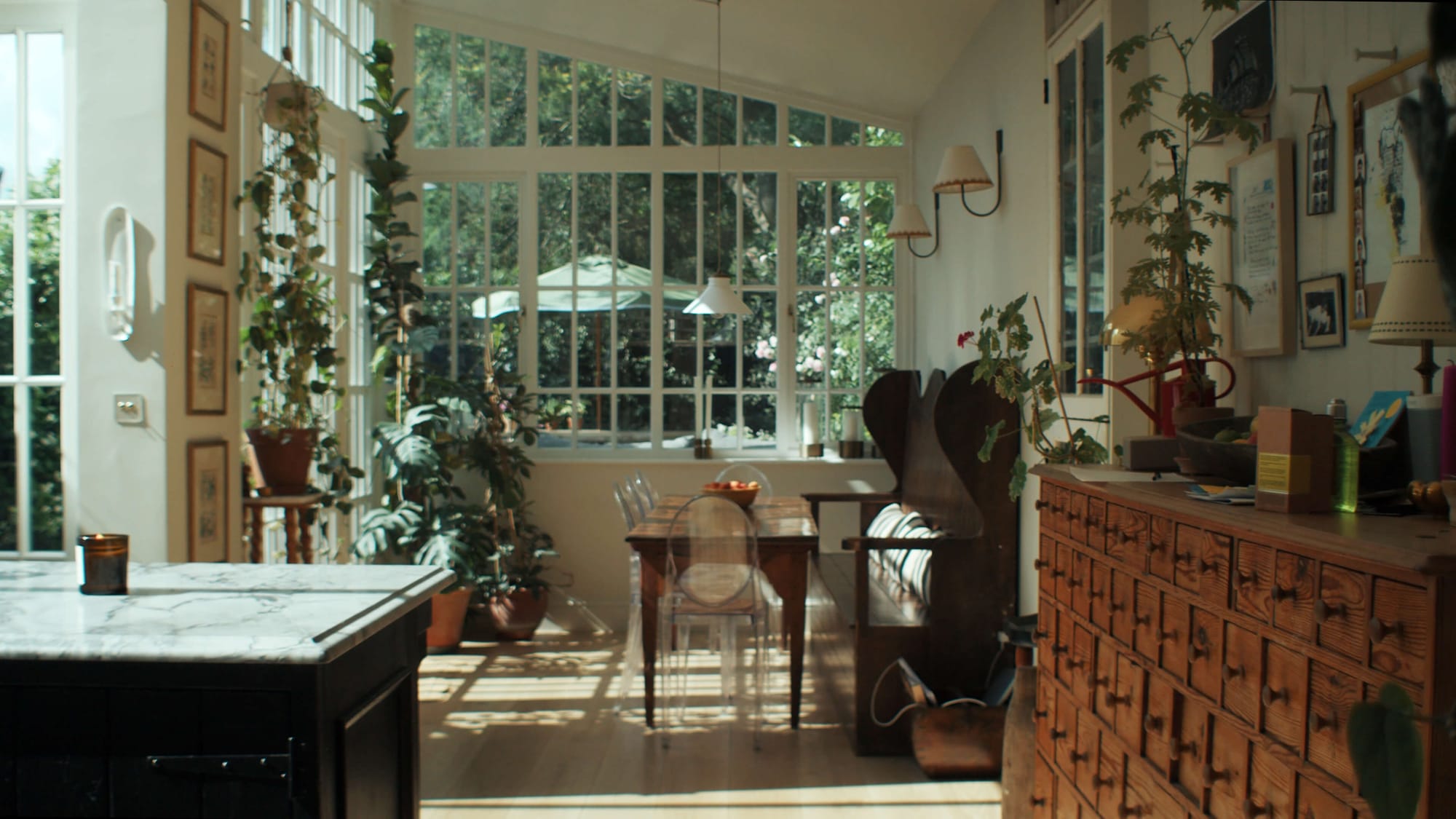
When we bought the house, it was in a bit of a sorry state. It had been a single-family home, then split into two, then turned back into one, and finally divided into a bedsit. There were seven bedrooms, some downstairs rooms used as bedrooms, and even an upstairs kitchen. It felt tired, but many original features remained — cornicing, stairs, balusters — and that charm shone through despite a 1990s renovation.
I took a leap of faith to buy it. Viewings were hard — bedrooms closed, boarders always in — so we couldn’t see every room. We hoped the rooms were workable. For the most part, they were.
The proportions of the rooms really spoke to me. We had lived in all sorts of terraced flats and houses, but this one felt more generous. The ceilings seemed a little higher, the rooms slightly wider, and even identical houses in the terrace didn’t have the same energy. It did take some convincing with my husband, as the house smelled, was dark, and didn’t present well at first.
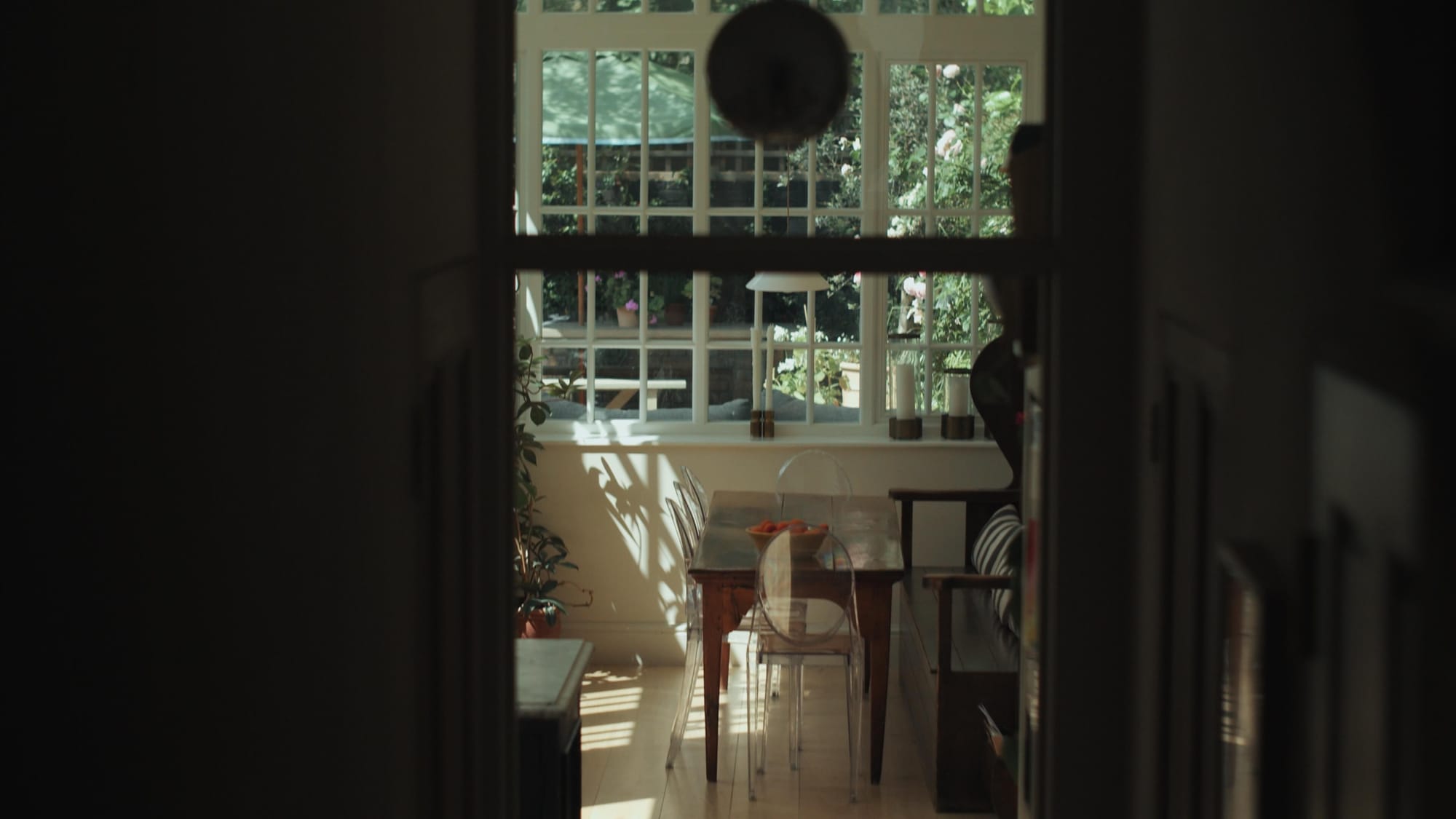
What you see when you look out the windows changes how you feel in a home. Originally we were looking along the Northern line for work, gradually moving east until we could afford a bigger house. This neighbourhood is perhaps sleepier than I would have liked, but it’s beautiful, diverse, and creative, with good schools and excellent transport links.
We decided not to own a car in London. We briefly had one but barely used it. It’s always been cheaper for us to take Ubers a few times a week, even with a teenager to ferry around. The cost of a car in London never added up.
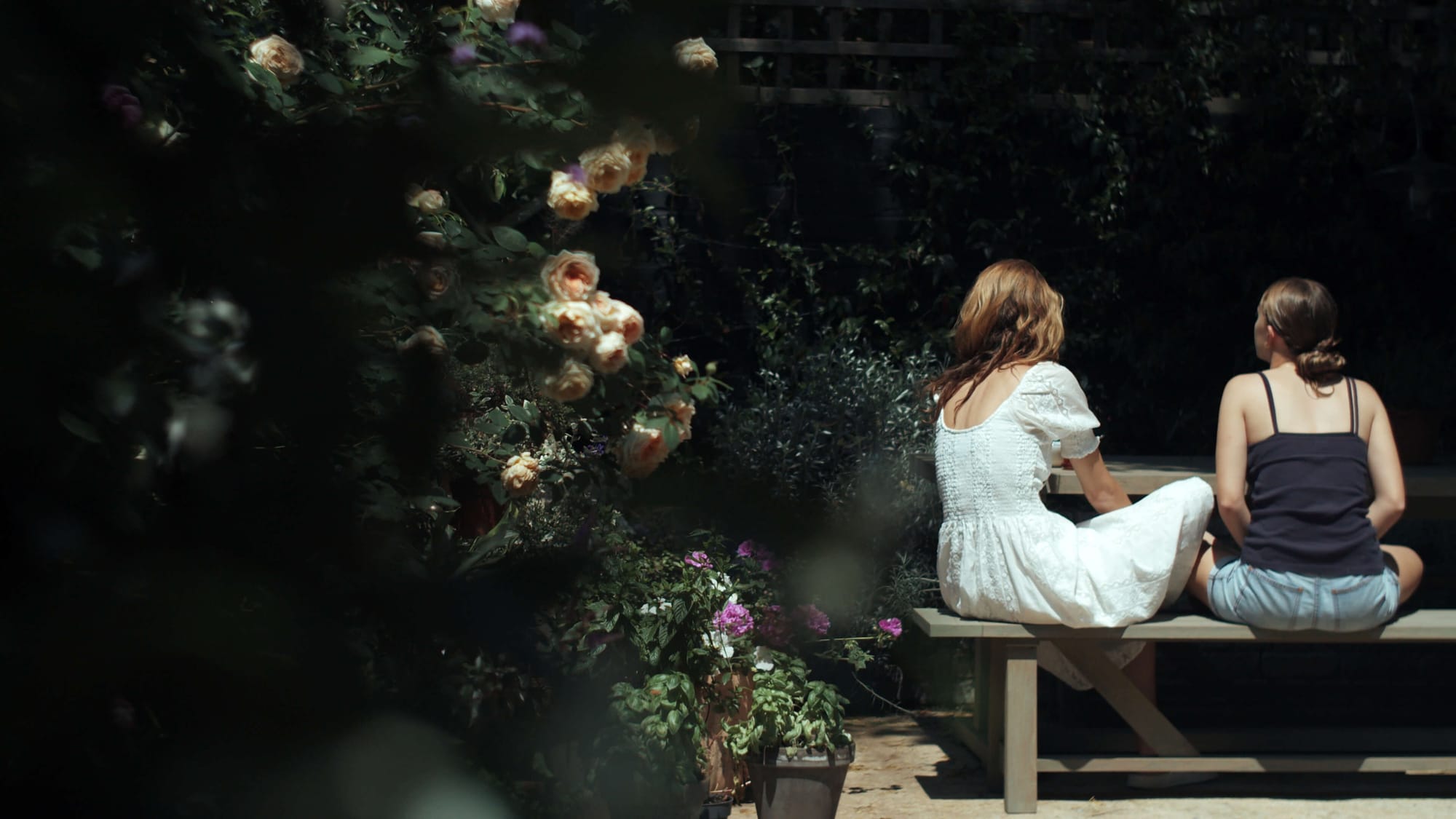
I’m very drawn to older homes. I grew up in them and feel they carry an atmosphere you can’t replicate in a new build. Even with panelling and vintage furniture, new homes lack the imperfection of something lived in for a century. That said, I’d happily live in a ranch-style house one day — sprawling, single-floor, different in feel but still characterful.
The sounds of the house are voices and music. We are a family of five with four young girls, so there’s often a cacophony of chatter, music, stomping, and TV.
The smell is almost always cooking — my husband makes hot breakfasts most mornings and we cook dinner every night. Sometimes it’s delicious, sometimes it’s burnt, but it’s always alive.
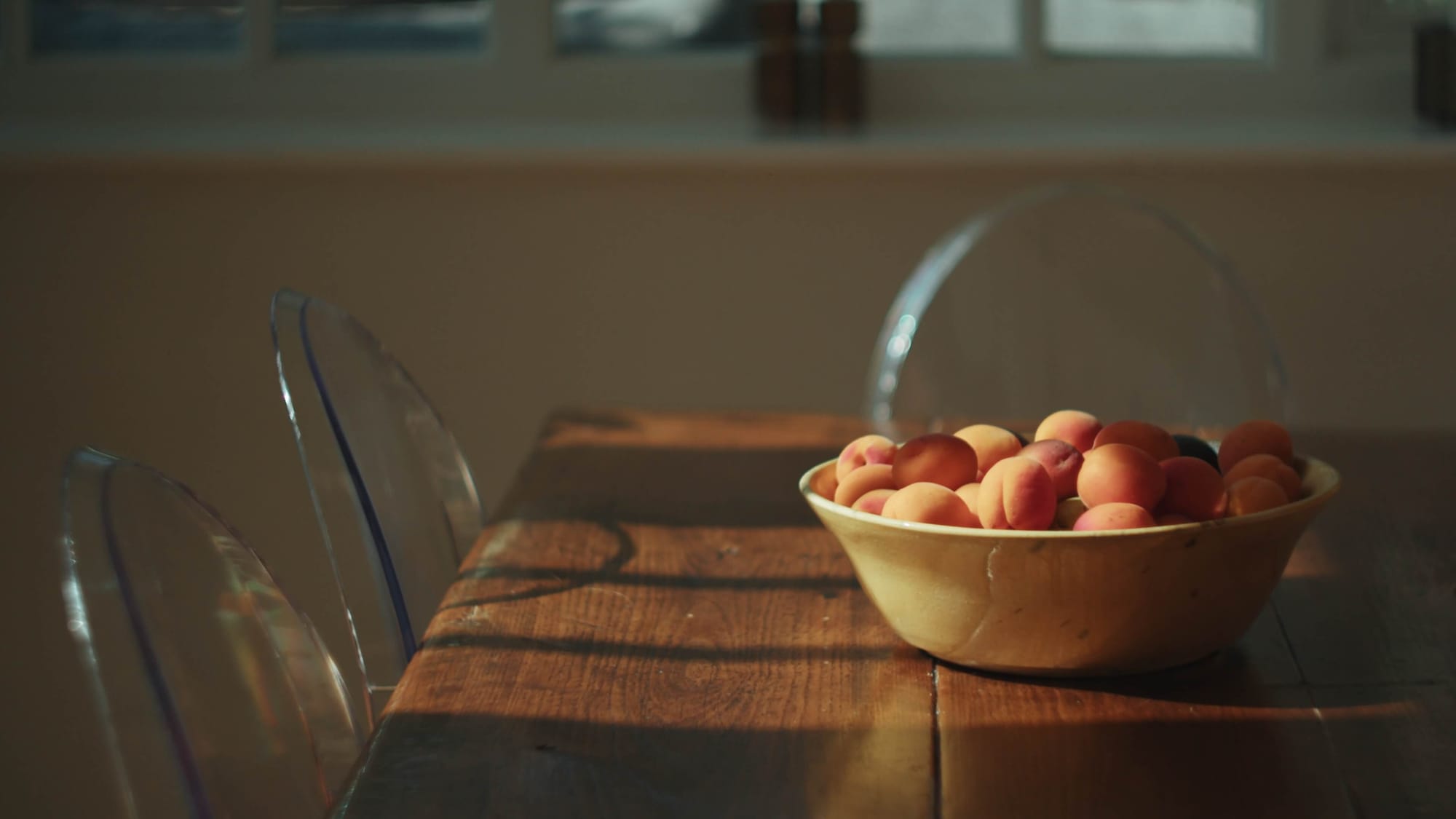
The kitchen was one of the worst rooms when we bought the house. It was dark, damp, and cold, with 25-year-old MDF units falling apart. We knew right away our first big project would be a kitchen extension. The glazed roof became our anchor point — inspired by a Hampstead rental — bringing light and height into the space.
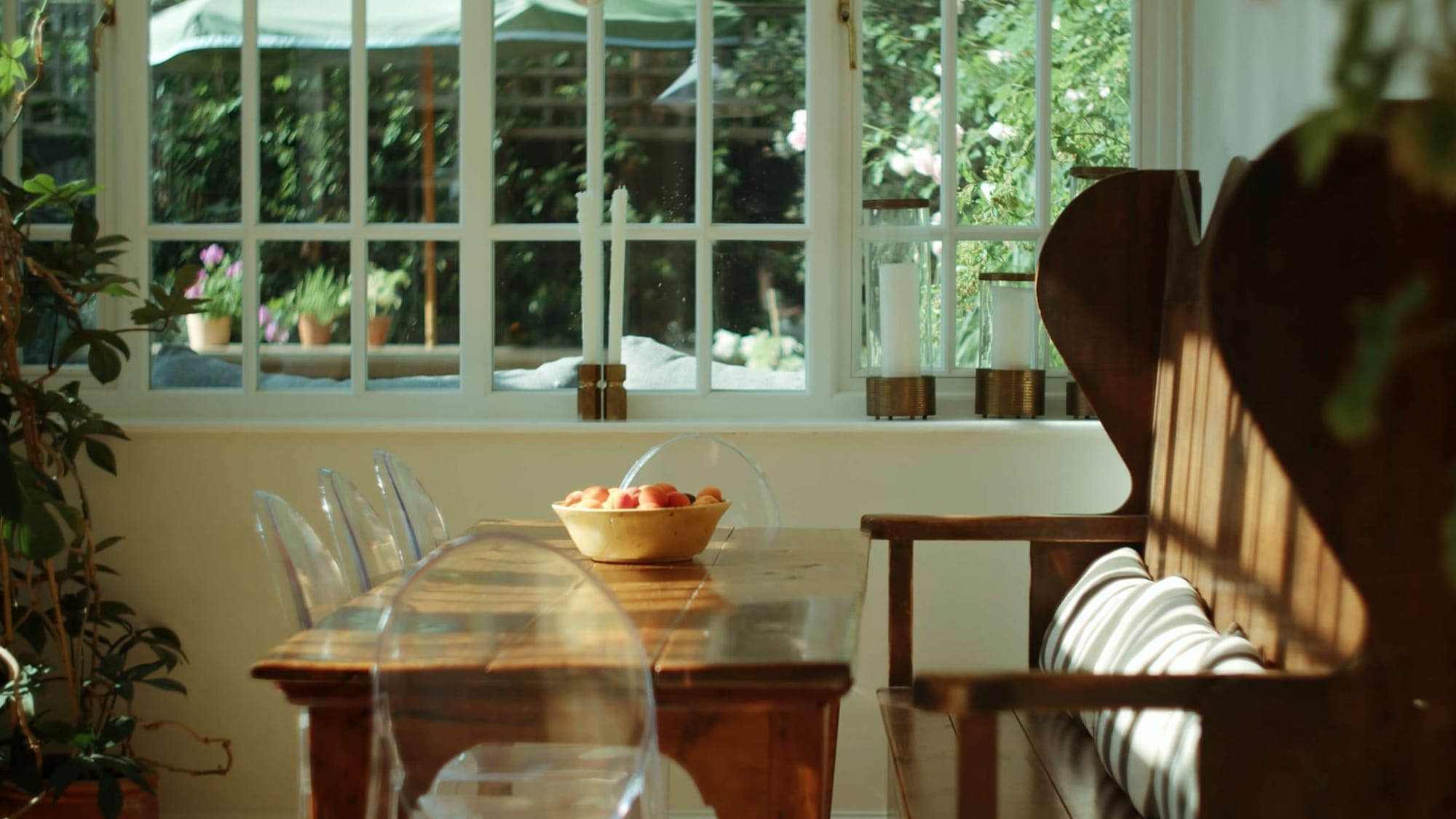
I wanted a Victorian orangery or conservatory feeling, so we extended into the side return and a little out the back. It was only around 12–15 square metres, but it transformed the feeling completely.
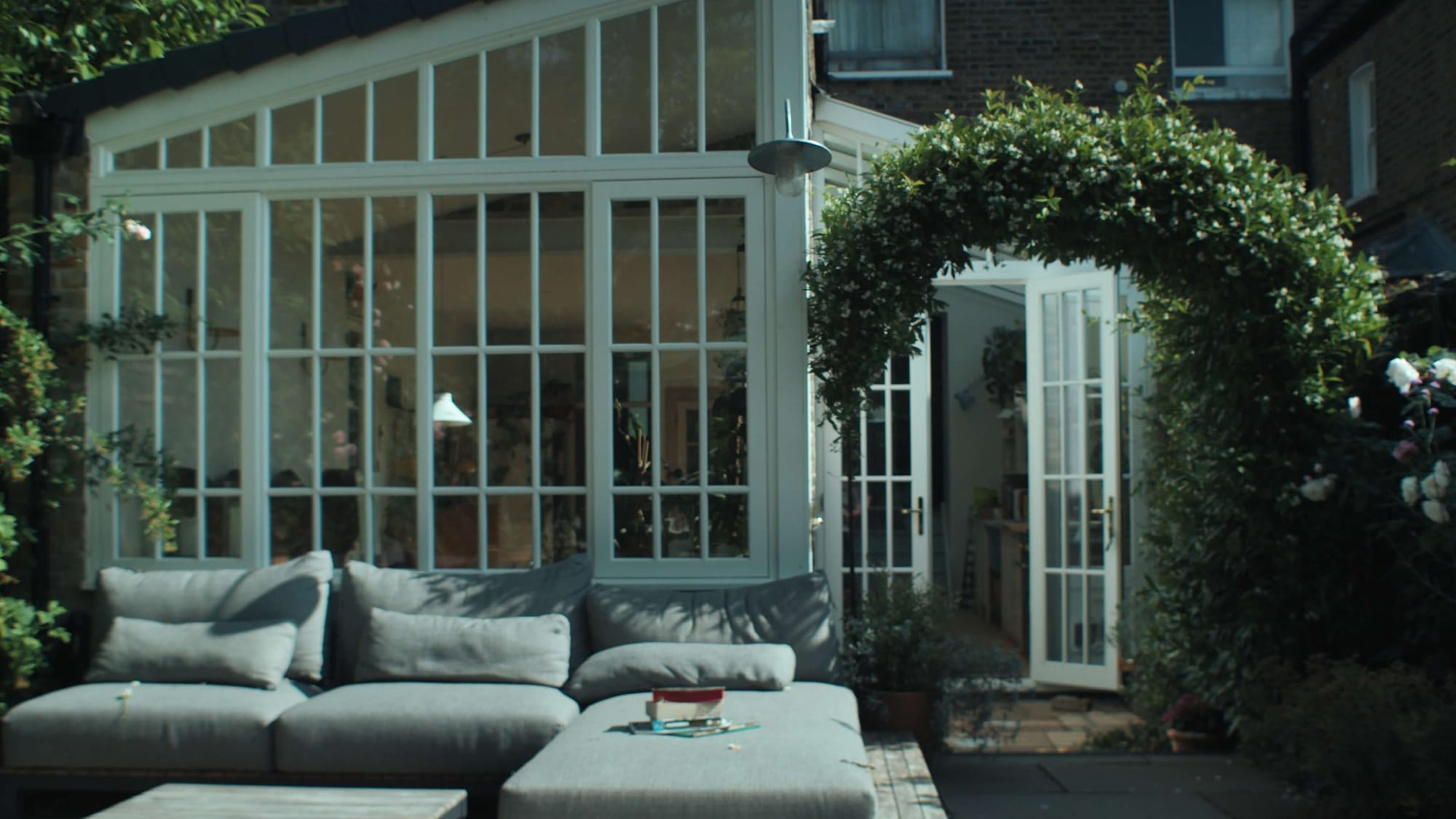
I looked for a very long time for an antique piece to be our kitchen island. I just couldn’t find one with the right function and size, so I turned to the amazing Sarah and Andy at Monkey & Bird — who are now friends. They make reproduction islands from old materials and can age them so convincingly that they look truly antique. I sketched out where I wanted the shelves, the door and drawers, and they absolutely knocked it out of the park.
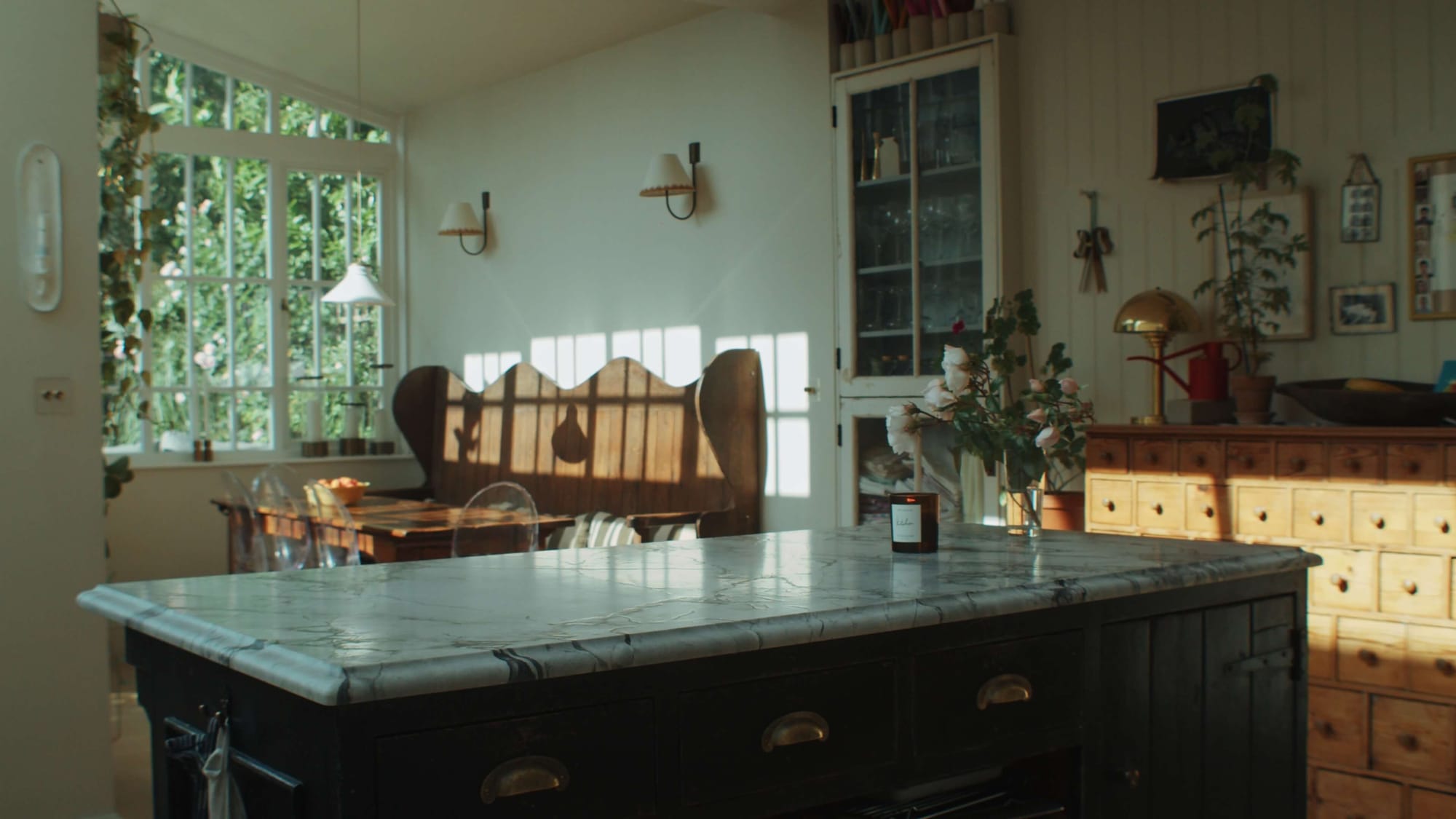
The apothecary is one of my most treasured pieces. I found it in my dad’s Scandinavian antique shop in Boston while at uni and bought it at cost. It has travelled with me through Australia, the US, and now England. Its proportions are pleasing, it stores all of life’s odds and ends, and inside the drawers are old Danish labels from its apothecary days.
